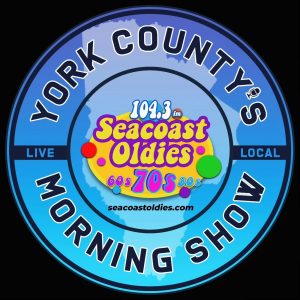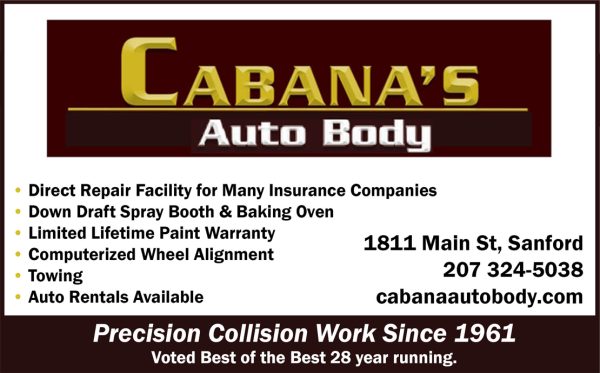Sanford’s Roads Heading in the Right Direction
- August 17th 2023
- City News
- City Council Public Works Department road construction
This map showing part of central Sanford, with roads color-coded by condition, was part of the report the City Council received from BETA Group on road conditions in the City.
By Zendelle Bouchard
The overall condition of Sanford’s roads is now better than the New England average, according to the consulting firm hired by the Public Works Department to assess the City’s roads.
In a presentation to the City Council on August 15, 2023, Peter Dadarrio of the BETA Group reported on the assessment done earlier this year, which shows that roads in Sanford and Springvale rate an average of 73.97 on the Road Surface Rating (RSR) scale of 0 to 100. (RSR was previously called Pavement Condition Index or PCI.) The New England average is between 72 and 73, he said.
In 2016, the last time Sanford’s roads were assessed, the rating was 69.21, indicating that our overall road surface conditions have improved by almost five points since then. However, an overall increase in RSR doesn’t mean that all the roads in our community are in decent shape; the report confirms what residents already know: that there is still a lot of work to be done.
The report breaks down roadways into six categories:
- Excellent condition roads are those with a RSR of 92-100. These roads are in basically new condition. Stanley Road (RSR 100), which was recently redone, and New Dam Road (RSR 95) are rated excellent. 31% percent of our roads fall into this category.
- Good condition roads (RSR 80-92) require routine maintenance that might include crack sealing or fog sealing. Rankin Street (RSR 83) and Jagger Mill Road (RSR 86) are examples. 21% of Sanford/Springvale roads are in this category.
- Fair condition roads (RSR 65-80) need preventive maintenance such as a surface seal or thin overlay. Brompton Street (RSR 67) and Littlefield Road (RSR 74) fall into this category. 11% of roads in town are rated fair.
- Poor condition roads (RSR 45-65) need rehabilitation, such as mill and overlay or cold in-place recycling. Allen Street (RSR 49) and Joy Street (RSR 53) are two examples. 22% of our roads are in this category.
- Very poor condition roads (RSR 15-45) require reclamation, including rebuilding of the base layers of pavement. Oxford Street (RSR 23) and State Street (RSR 20) are in this category. 11% of Sanford/Springvale roads are rated very poor.
- Deficient condition roads (RSR 0-15) require full-depth reconstruction of the roadway. Field Street (RSR 6) and Bates Street (RSR 9) are examples. 3% fall into this category.
In addition to rating roads by condition, the report also calculates a Cost Benefit Value (CBV) for each road, using a formula that takes into consideration the amount of traffic the road gets as well as the life span and cost of suggested repair methods. The CBV helps the Public Works Director determine which road improvement or maintenance projects to recommend to the Council as priorities. For example, while Foch Street has an RSR of less than 2, indicating it is one of the worst-condition roads in the City, it is second on the CBV list to Winter Street, with an RSR of 58, because Winter Street gets so much more traffic. The rest of the “Top Ten” on the CVB list are Crossing Brook Road, Bates Street, Kennebunk Road, Emery Street, Cove Street, June Street, Field Street and Maine Avenue.
After many years during which road maintenance was underfunded, voters approved a $6.2 million road bond in 2019. Since then, the City Council has lent its support to increased funding for capital improvements aiming to raise the RSR by half a point per year, with an ultimate goal of getting to a score of 85. Maintaining a score of 85 not only means an improved quality of life for residents, but also decreases the amount of tax dollars that have to be spent on road maintenance each year.
Unfortunately, inflation has hit the construction industry particularly hard. Even though the condition of Sanford’s roads has improved significantly in the past seven years, the cost of repairs that still need to be done to bring us up to the goal of RSR 85 has increased from an estimate of $25 million in 2016 to over $30 million today.







